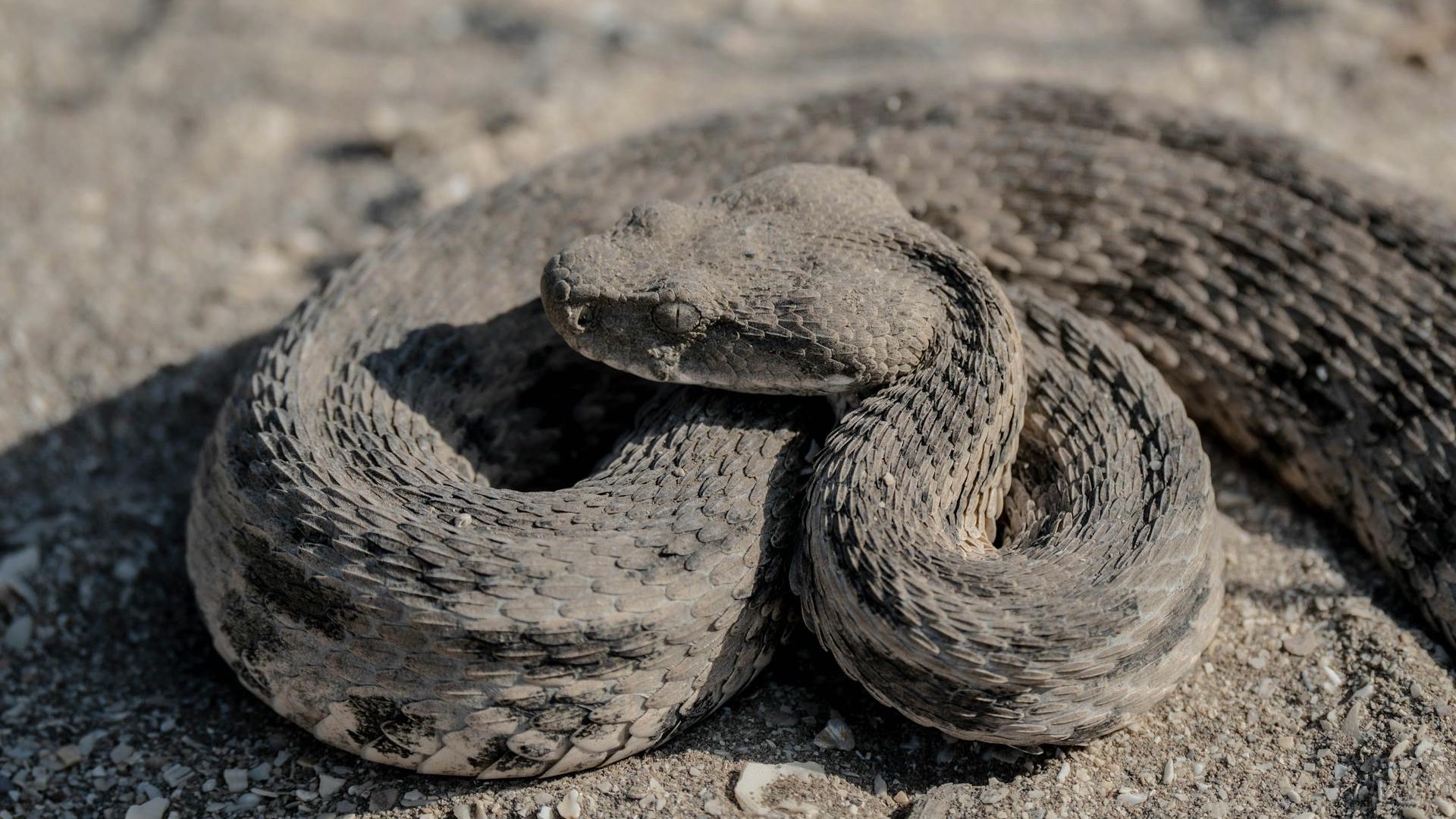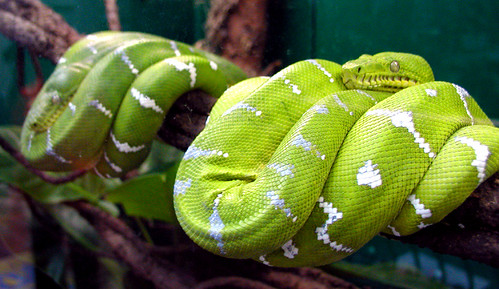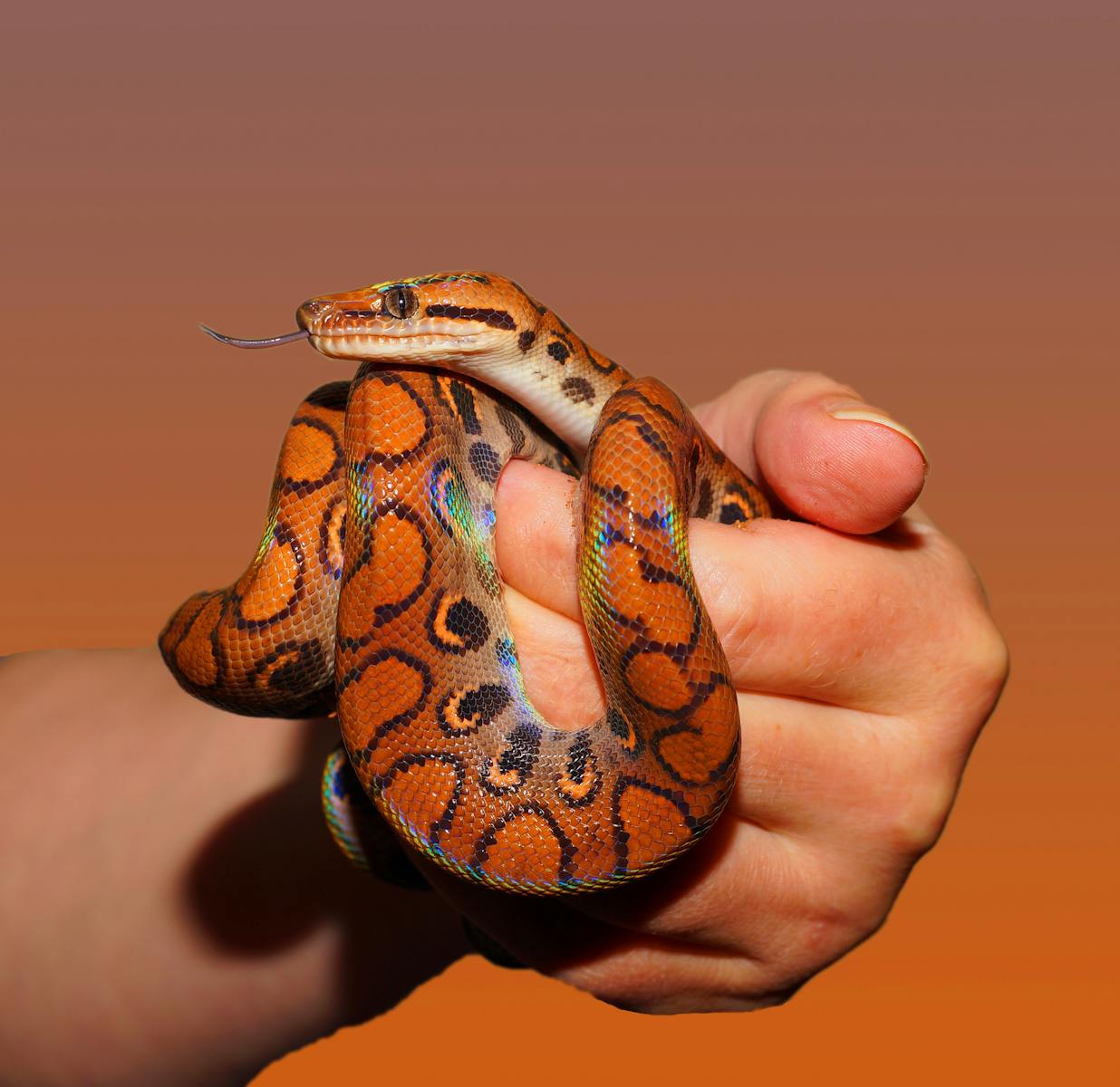When most people think about bonding with pets, they envision cuddling with a puppy or having a cat purr in their lap. However, snake owners experience a unique and equally rewarding form of connection with their reptilian companions. Unlike traditional pets, snakes don’t seek affection in conventional ways, making observation one of the most intimate and enlightening ways to bond with them. Through careful, patient watching, snake owners discover their pet’s unique personalities, preferences, and behaviors. This silent communication builds a profound connection that many reptile enthusiasts find deeply satisfying. The joy of watching your snake explore isn’t just about entertainment—it’s about developing understanding, respect, and a special bond with a fascinating creature that experiences the world in ways vastly different from our own.
Understanding Snake Behavior Through Observation
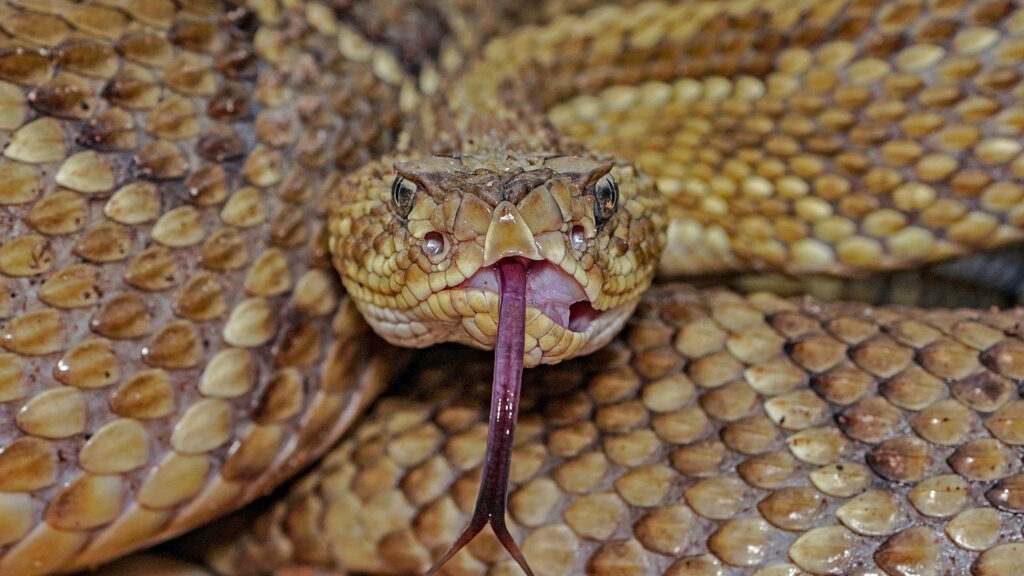
Snakes communicate primarily through body language and behavior patterns that can be subtle and easy to miss if you’re not paying attention. Careful observation allows owners to recognize the difference between normal exploratory behavior and signs of stress or illness. You might notice how your snake’s tongue flicks more rapidly when investigating a new scent, or how they move differently when feeling secure versus when feeling threatened. These observations create a baseline of normal behavior that helps you better understand your snake’s needs and preferences. By spending time simply watching your snake, you develop a deeper appreciation for their natural instincts and learn to interpret their non-verbal cues more accurately.
Creating an Enriching Environment for Exploration
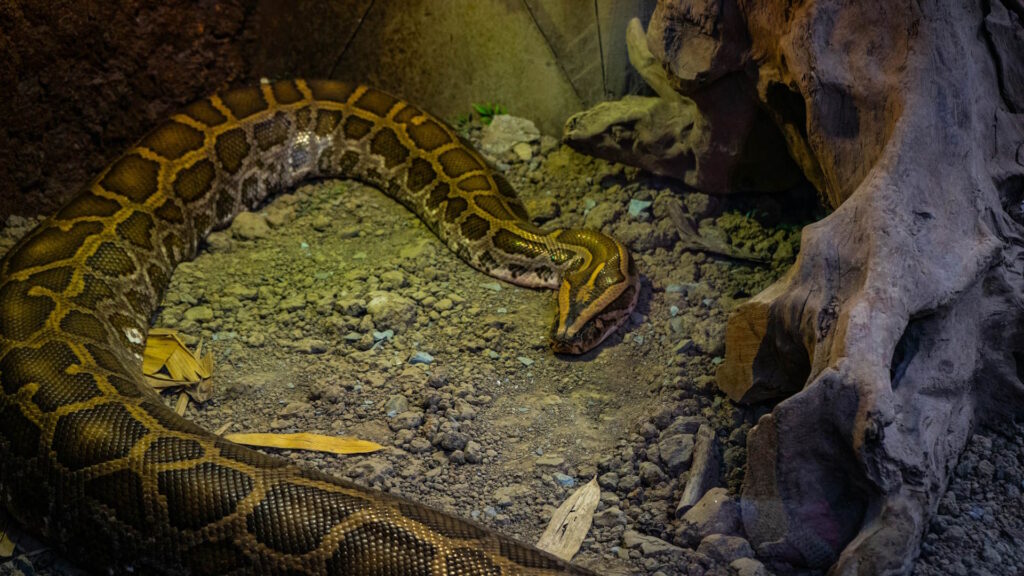
A well-designed enclosure that encourages natural behaviors provides endless opportunities for fascinating observation. Include various climbing branches, hiding spots, substrate types, and temperature gradients to stimulate your snake’s exploratory instincts. This complexity allows you to witness a fuller range of behaviors, from climbing and burrowing to thermoregulating and hunting. Many snake owners enjoy regularly rearranging elements within the enclosure to provide novel experiences that trigger curiosity and investigation. Watching how your snake interacts with and adapts to these environmental changes offers insights into their problem-solving abilities and preferences. Remember that what might seem like minor habitat modifications to you can create whole new worlds for your snake to discover.
The Science of Supervised Free-Roaming Sessions
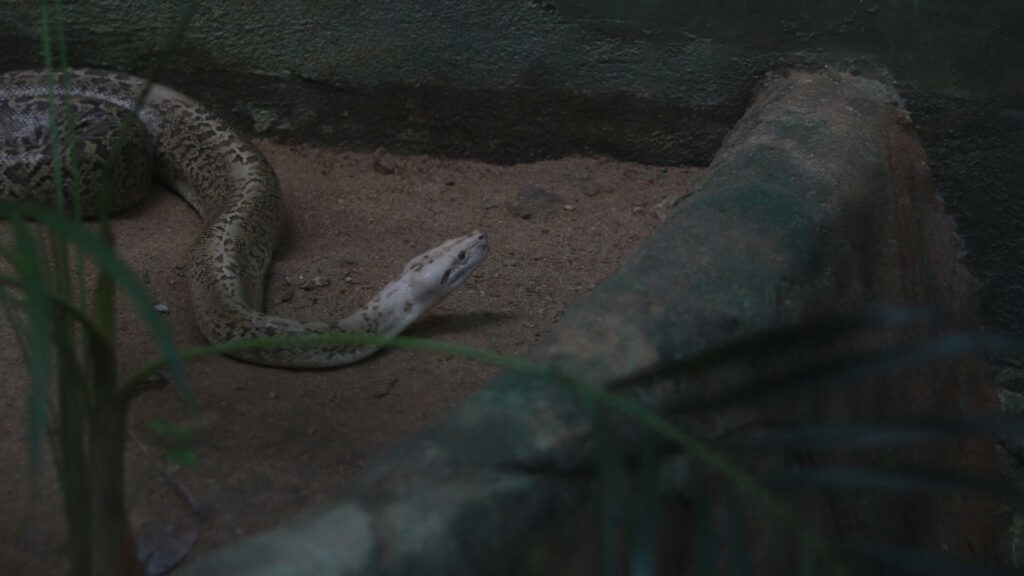
Allowing your snake supervised time outside their enclosure creates valuable opportunities for both exercise and observation. These sessions should always take place in a snake-proofed room with potential hiding spots blocked and at an appropriate temperature for your species. During these explorations, you’ll observe how your snake navigates new terrain, showing preferences for certain textures, surfaces, or directions. Many owners notice their snakes display increased activity and investigative behaviors during these sessions, revealing aspects of their personality that might not be apparent in the enclosure. Free-roaming time also strengthens your snake’s familiarity with your scent and presence, potentially reducing stress during necessary handling. Always maintain vigilant supervision, as these sessions balance enrichment with the responsibility of keeping your snake safe in an environment they could quickly disappear into.
Recognizing Individual Personality Traits

Despite the common misconception that reptiles lack personality, dedicated observation reveals that each snake has unique behavioral tendencies and preferences. Some snakes consistently demonstrate boldness, eagerly exploring new items or environments, while others show caution, methodically investigating changes before proceeding. You might notice your snake has particular favorite basking spots, preferred ways of approaching prey, or specific reactions to your presence near their enclosure. These individual traits become more apparent through consistent observation over time, allowing you to appreciate your snake as a unique individual rather than a generic representative of their species. Documenting these observations through notes or photographs can highlight patterns you might otherwise miss and helps track how your snake’s personality develops as they mature and become more comfortable in their environment.
The Hunting Response: Witnessing Natural Instincts
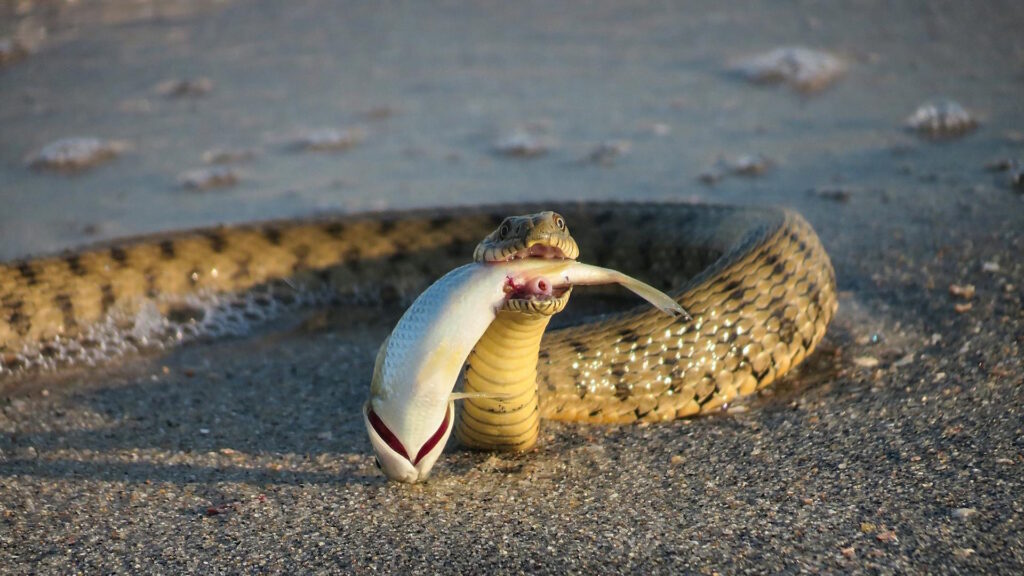
Feeding time provides one of the most fascinating windows into your snake’s natural behaviors and instincts. Observing how your snake detects, tracks, and strikes prey reveals the remarkable sensory capabilities and precision that millions of years of evolution have refined. Different species employ various hunting strategies—some ambush from hiding spots, others actively pursue prey, and each displays unique pre-strike behaviors ranging from subtle to dramatic. These moments connect you to the wild heritage of your pet and foster appreciation for their natural adaptations. While feeding is necessary for your snake’s survival, approaching it as an opportunity for observation rather than just a chore transforms it into a powerful bonding experience. Always feed ethically and appropriately for your species, remembering that these primal behaviors satisfy essential physical and psychological needs for your snake.
Building Trust Through Respectful Distance
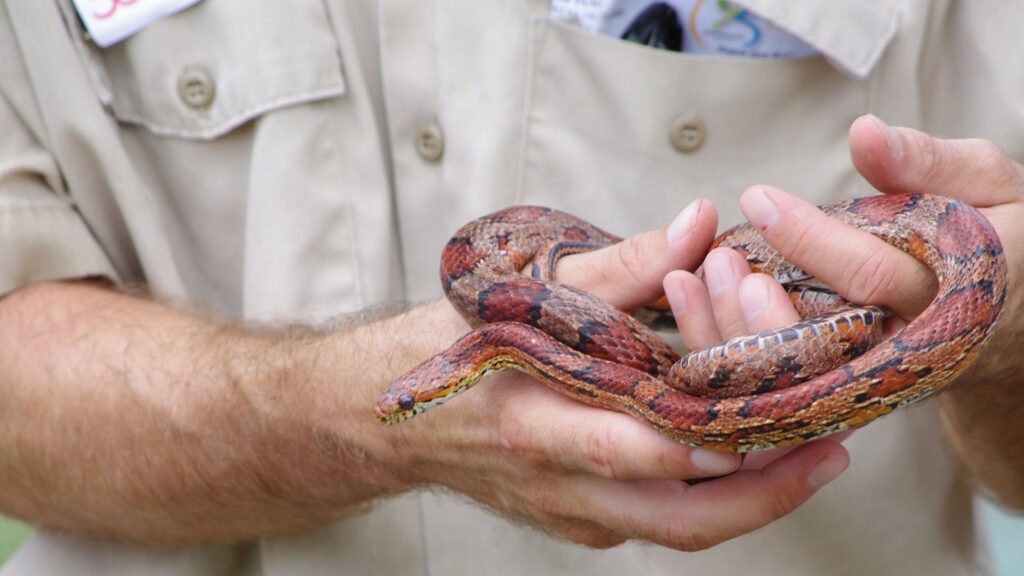
Unlike many traditional pets, snakes often benefit from an approach that respects their preference for minimal handling, especially when first establishing a relationship. Simply being present near their enclosure without creating disturbances helps your snake recognize you as a non-threatening element in their environment. Many owners establish a routine of quietly sitting near the enclosure during times when their snake is naturally active, allowing the reptile to become accustomed to their presence without pressure. Over time, you may notice your snake showing less defensive behavior when you approach or maintaining their normal activities rather than retreating to hiding spots. This gradual trust-building process requires patience but creates a foundation for a less stressful relationship for both snake and owner. Remember that trust for a snake means feeling secure rather than seeking affection—measuring success by their comfort in your presence rather than by displays of attachment.
Seasonal Behavior Changes and Cycles
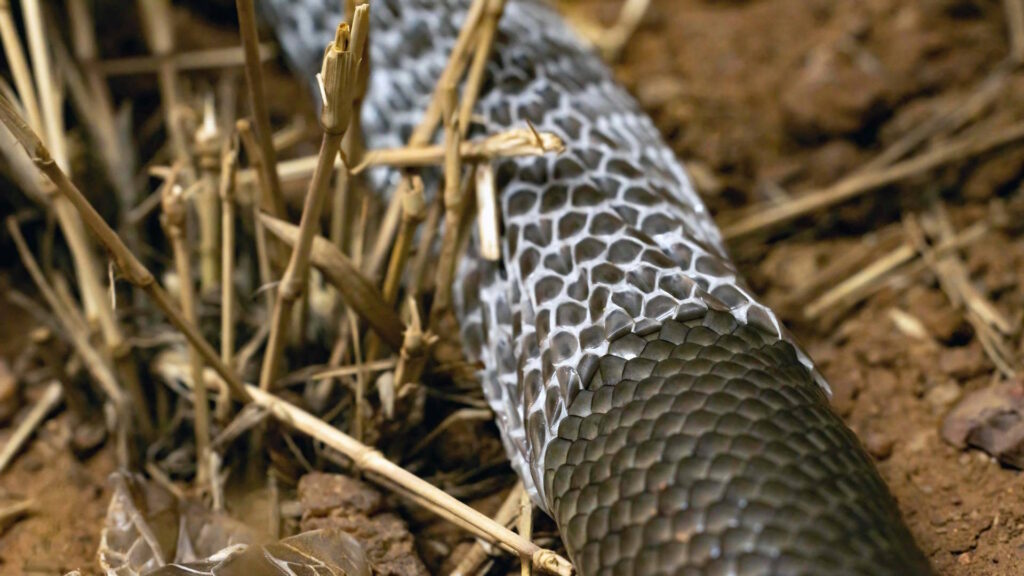
Long-term observation reveals fascinating seasonal patterns in your snake’s behavior that connect to their evolutionary history. Many species experience predictable activity cycles throughout the year, even in captivity with controlled temperatures and lighting. You might notice changes in feeding frequency, shedding cycles, activity levels, or breeding behaviors that correspond to seasonal shifts. These patterns often reflect adaptations from their wild ancestors’ environmental responses, providing insight into your snake’s biological programming. Documenting these cycles helps you anticipate your snake’s changing needs throughout the year and differentiate between normal seasonal variations and potential health concerns. This broader timeline perspective deepens your connection to your snake by aligning your care with their natural rhythms and biological imperatives.
The Fascinating Process of Shedding

Few processes demonstrate the remarkable nature of snakes more clearly than the shedding cycle, which offers multiple opportunities for meaningful observation. The pre-shed phase shows subtle but distinctive changes in your snake’s appearance and behavior, from dulling scales to more secretive behavior or altered eye color. Watching how your snake uses environmental features to begin the shed process—often rubbing against rough surfaces to create an opening—demonstrates their instinctive problem-solving abilities. The actual shedding process, when successful, reveals the precision with which your snake can extract itself from its old skin, sometimes in one complete piece. These observations not only help you monitor your snake’s health through the quality of their sheds but also connect you to one of the most ancient and distinctive reptilian adaptations. Many owners find that respecting this vulnerable time by minimizing handling while still observing the process creates deeper appreciation for their snake’s remarkable biology.
Using Technology to Enhance Observation
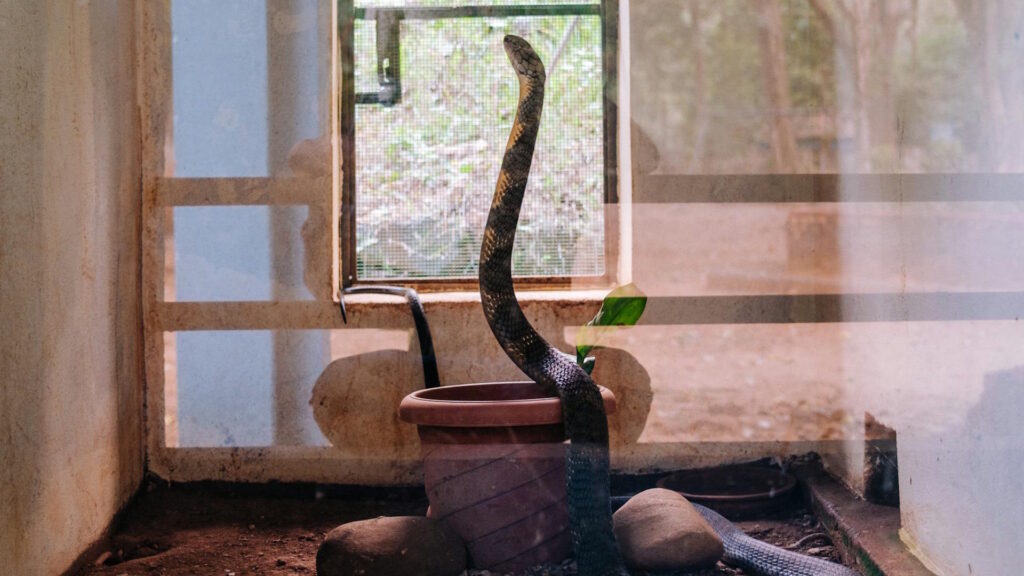
Modern technology offers exciting ways to expand your observation opportunities beyond what traditional watching allows. Small, unobtrusive cameras mounted in enclosures can capture behaviors during nighttime hours when many snake species are naturally most active. Time-lapse recording reveals patterns of movement, basking, and exploration that might occur too gradually to notice during regular observation sessions. Some enthusiasts use thermal imaging devices to better understand how their snake utilizes temperature gradients within their habitat throughout the day and night. These technological approaches provide windows into previously unseen aspects of your snake’s life when you’re not present or when they might be inhibited by your presence. Reviewing this footage often reveals surprising behaviors and patterns that deepen your understanding of your snake’s full behavioral repertoire.
Creating a Behavior Journal
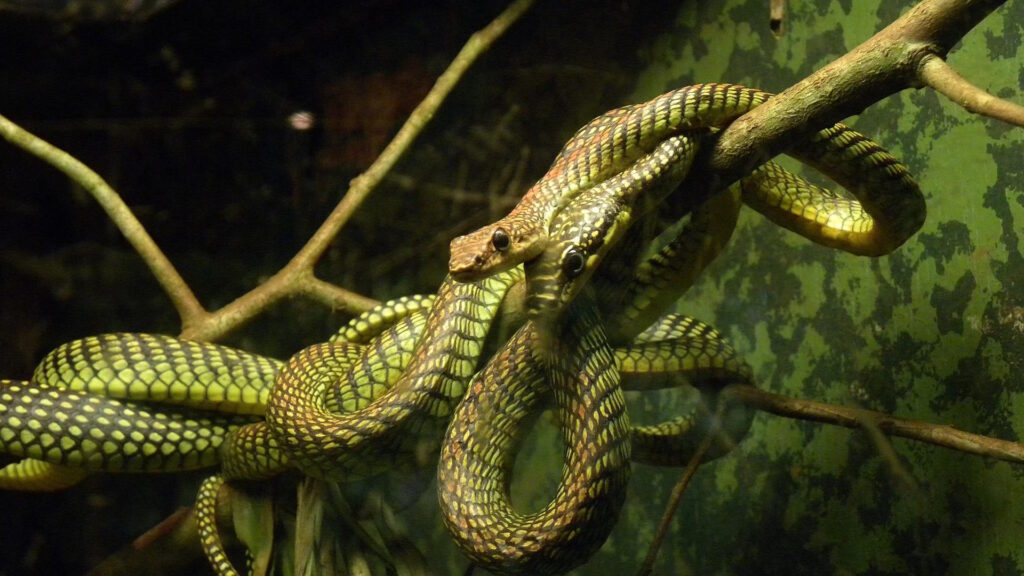
Maintaining a dedicated observation journal transforms casual watching into a more structured and rewarding practice that strengthens your connection with your snake. Record specifics like the timing of activities, responses to environmental changes, feeding behaviors, and subtle body language cues that might otherwise be forgotten. Include notes about environmental conditions such as temperature, humidity, time of day, and recent habitat changes that might influence behavior. Over time, this documentation reveals patterns and preferences that might not be apparent from memory alone. Many owners find that the act of recording observations encourages more attentive watching and helps develop a deeper understanding of their snake’s individual nature. This journal becomes both a practical care reference and a meaningful record of your relationship’s development with your reptilian companion.
Sharing the Experience with Others
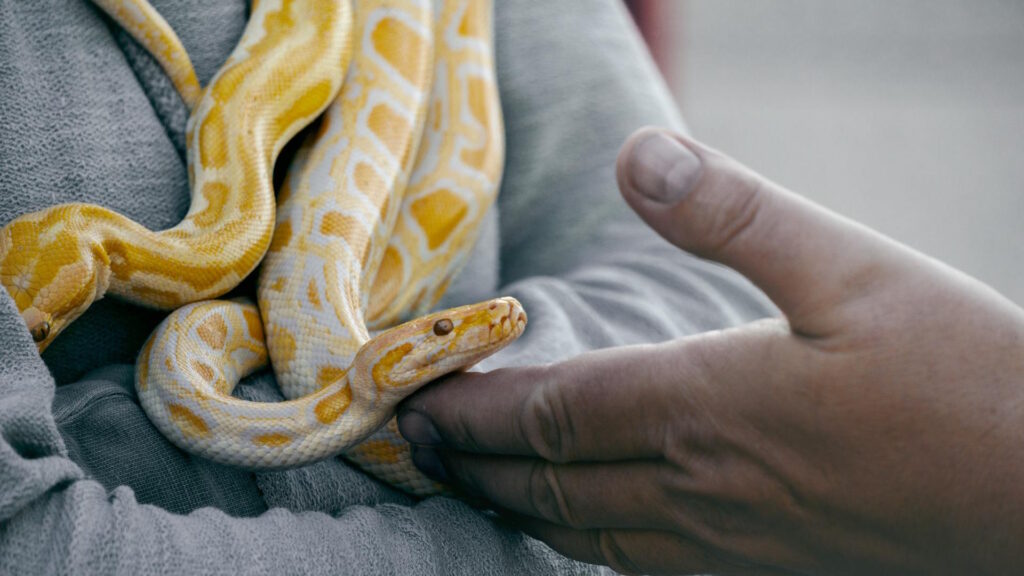
Introducing friends or family to the joy of snake observation can transform misconceptions and spread appreciation for these often misunderstood animals. Guiding others through what to watch for—pointing out subtle behaviors, explaining natural instincts, and interpreting body language—helps them see snakes through more informed and appreciative eyes. Many snake owners find that visitors who initially expressed fear or disinterest develop genuine fascination when given the opportunity to quietly observe rather than immediately handle. These shared observation sessions create educational opportunities that combat negative stereotypes about reptiles while reinforcing your own appreciation through the fresh perspectives of others. Children especially often develop natural empathy and interest through guided observation, learning valuable lessons about respecting wildlife and understanding animals on their own terms.
The Emotional Benefits of Mindful Observation
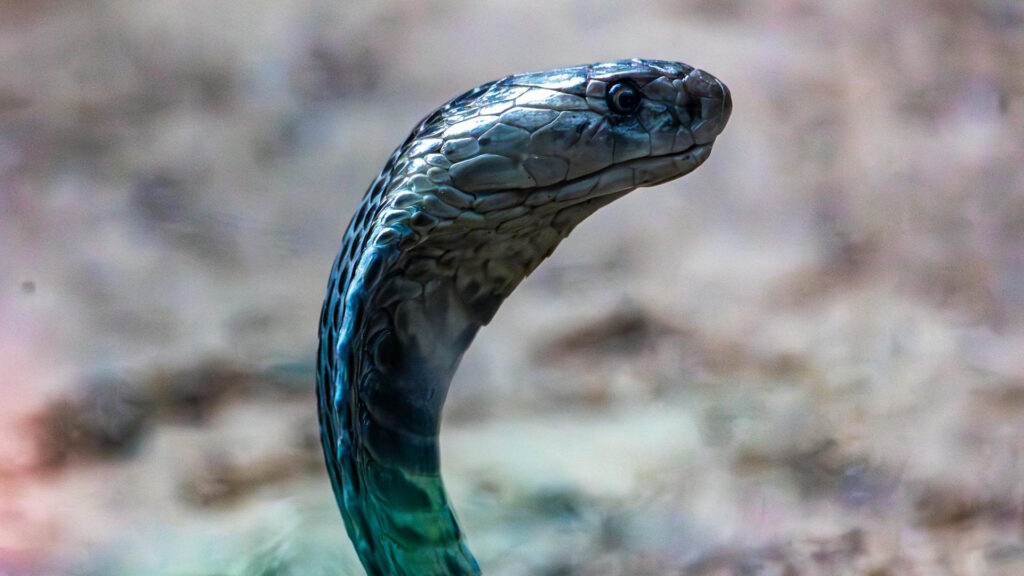
The practice of quietly observing your snake can have unexpectedly profound effects on your own well-being, creating a meditative experience that reduces stress and encourages mindfulness. Unlike interaction with more demanding pets, snake observation requires stillness, patience, and present-moment awareness—qualities that counterbalance the frenetic pace of modern life. Many owners report that regular observation sessions become treasured opportunities to slow down and focus completely on another living being’s experience without expectations or distractions. This form of attention offers a break from human-centered concerns and connects you to a different rhythm of life, one operating on instinct and ancient biological imperatives. The combination of fascination and calm attention creates a uniquely restorative experience that many snake enthusiasts come to value as much as the knowledge gained about their pet.
Conclusion: The Deeper Connection
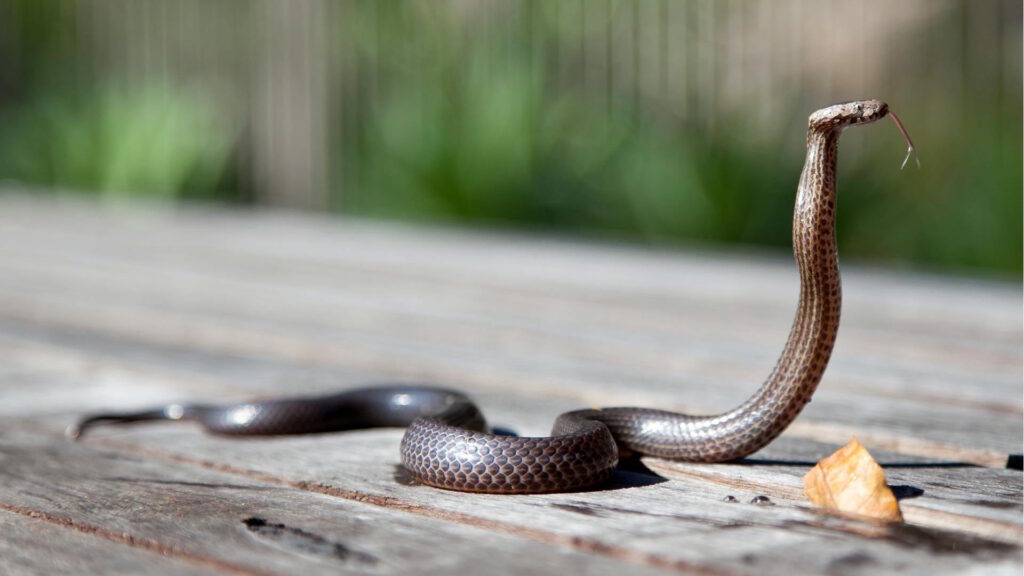
The joy of watching your snake explore transcends simple entertainment, evolving into a nuanced form of interspecies connection based on understanding rather than anthropomorphism. This relationship acknowledges and respects the fundamental differences between human and reptilian experience while still finding profound value in sharing space and time together. Through patient observation, you develop a relationship that honors your snake’s nature rather than imposing human expectations upon it. The quiet moments spent watching your snake navigate its world with elegant efficiency and instinctive intelligence create a unique bond that challenges conventional notions of pet ownership. Perhaps the greatest reward comes from recognizing that in this relationship, we are granted temporary access to a window into an ancient way of being—one that existed long before humans and operates by different but equally valid rules. In learning to appreciate your snake on its own terms through observation, you gain not just a pet but a connection to the vast continuum of animal life that enriches our understanding of what it means to share our world with other remarkable beings.

